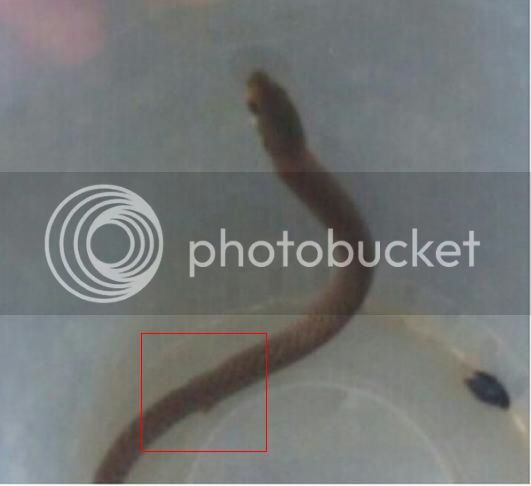JosPythons
Not so new Member
Hi all.......my brother found this little baby under his house tonight. The pic isn't the greatest and I can only view it on my phone which makes it hard to ID it so I thought I would throw it out to you guys (rather than give him an ID that I'm not 100% positive with). Luckily he is appreciative of our native reptiles so the little one will be relocated in the morning. Thanks in advance for your help folks 
Oh yeah I should tell you he lives inbthe Central Highlands of Queensland.....Blackwater. Cheers
Sent from my GT-I9300T using Tapatalk 2
Oh yeah I should tell you he lives inbthe Central Highlands of Queensland.....Blackwater. Cheers
Sent from my GT-I9300T using Tapatalk 2






